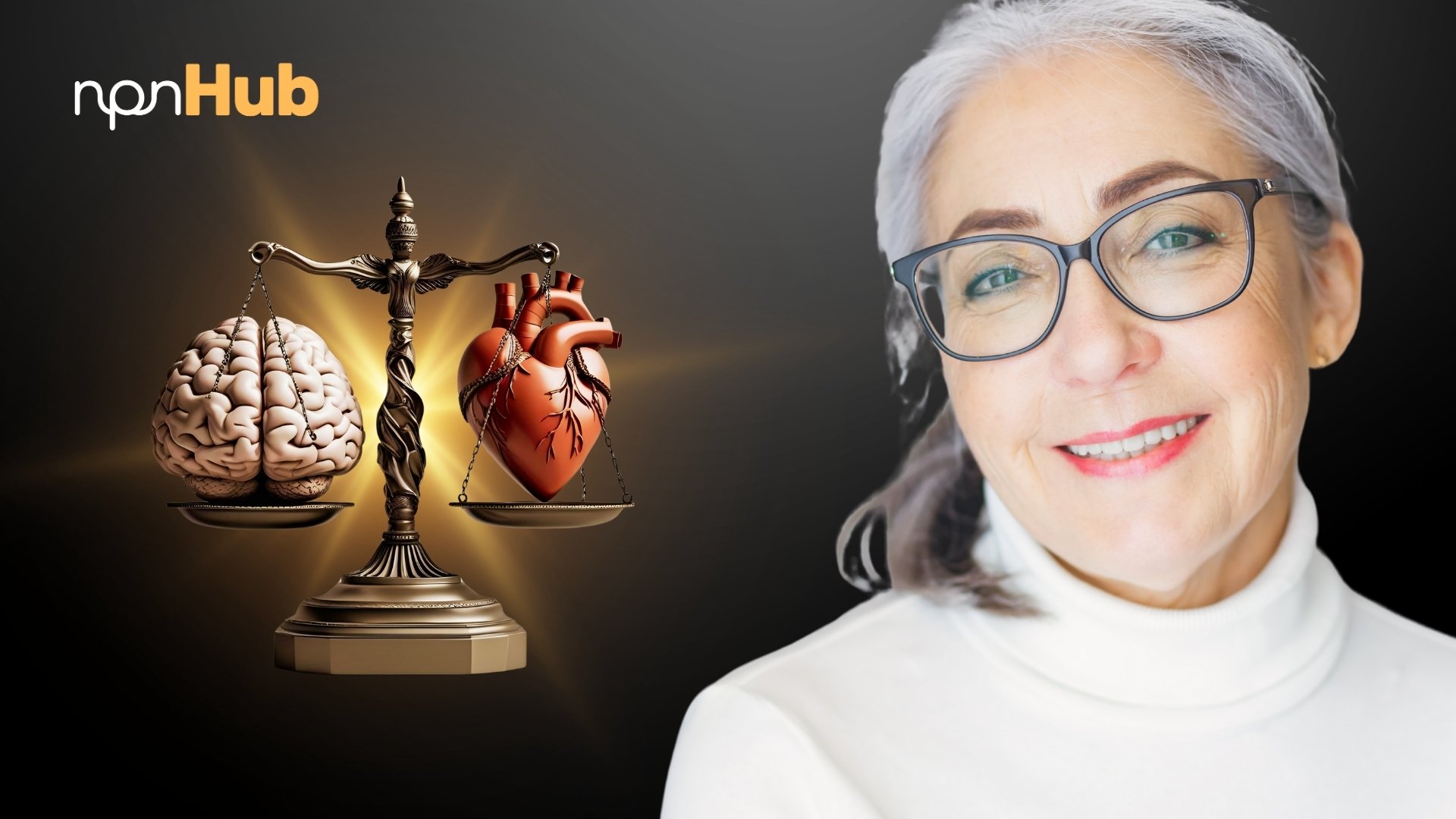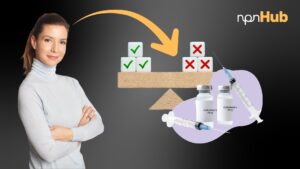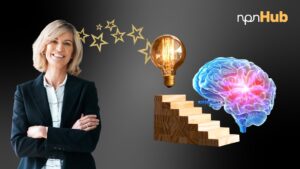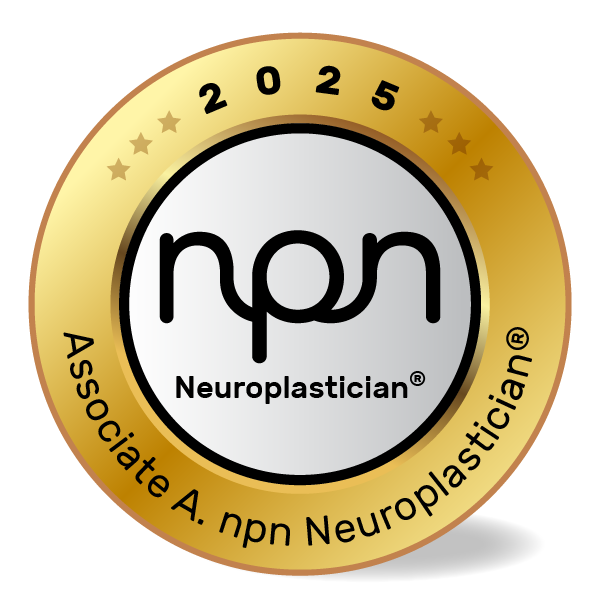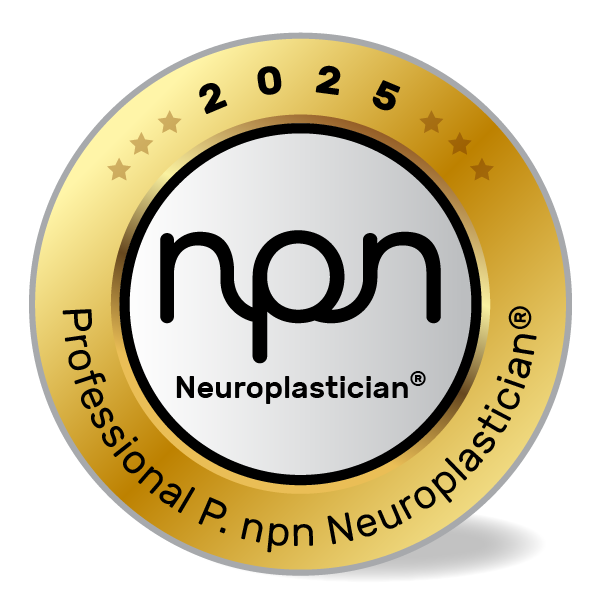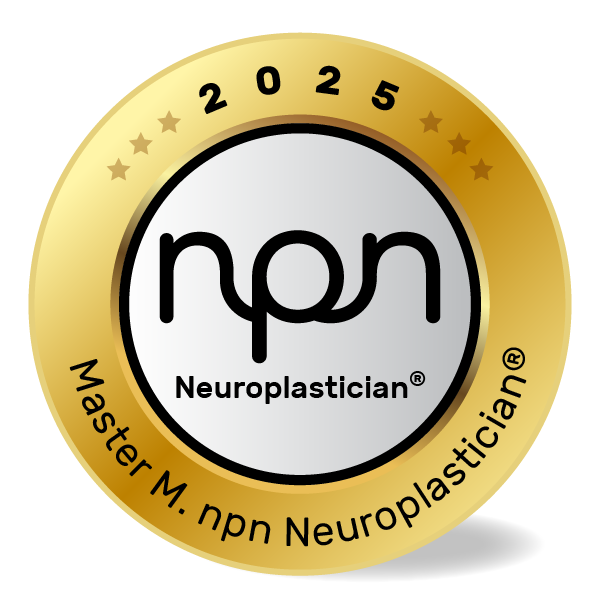Neuro-Cardiology – How Heart Rhythms Influence Brain and Body Wellbeing
What if I told you that your heart and brain are engaged in a silent conversation, influencing your resilience, well-being, and even recovery from surgery? Recent breakthroughs in neuroscience, like the study by Jammal Salameh et al. in 2024, have unveiled the remarkable ability of neurons to detect and respond to heart pulsations. Imagine neurons in your brain directly sensing the rhythm of your heartbeat, paving the way for a deeper understanding of how our bodies and minds are intricately connected.
Are you curious about this fascinating interplay and its implications for enhancing well-being?
Communication between the heart and the brain
In the intricate dance of our bodily rhythms, there lies a symphony of communication between the heart and the brain. Recent findings in neuroscience shed light on the remarkable ability of neurons to detect and respond to the heart’s pulsations, offering profound implications for enhancing resilience, well-being, and recovery from surgery. This study (2024) by Jammal Salameh et al. discovered neurons that directly sense cardiovascular pressure pulsations.
Just as neurons respond to air flow during respiration, they also can detect pressure pulsations mimicking the heartbeat. This groundbreaking discovery by Jammal Salameh and colleagues underscores the intricate interplay between cardiovascular dynamics and neuronal activity within the brain.
Pulse and the Brain
The study researchers measured the pressure pulsations induced by the heartbeat. By perfusing the vascular system with oxygenated artificial cerebrospinal fluid, they observed correlated local field potentials (LFPs) in the olfactory bulb, indicative of neuronal activity synchronized with the pulsations. Remarkably, this synchronization was found to occur in a specific layer of the olfactory bulb composed of mitral cells, the principal neurons involved in olfactory processing.
It lights up a synchronization
In simpler terms, they achieved this by circulating oxygenated artificial fluid through the brain’s blood vessels. They discovered that there were electrical signals in the brain known as the olfactory bulb that correlated with these pressure fluctuations These signals indicated that the nerve cells in the olfactory bulb were synchronizing with the heartbeat. And you know what? This synchronization primarily occurs within a specific layer of nerve cells known as mitral cells, which play a crucial role in our sense of smell!
The Brain Detective
Introducing super sensitive ion channels, with Piezo2 standing out as one of these unique channels. These channels act like tiny sensors, enabling nerve cells to detect changes in pressure, particularly those tied to the rhythmic fluctuations of the heartbeat. What’s intriguing is that even though these pressure changes don’t prompt nerve cells to send signals, they significantly influence brain function.
Why is this intriguing?
Neuroplasticians can provide personalized coaching, offering clients insights into their body’s internal rhythms and enhancing their interoception. ndividuals can develop a heightened ability to perceive and respond to internal signals by integrating techniques from mindfulness and neurofeedback training,. This equips them with tools to adapt more effectively to stressors and cultivate greater resilience in their daily lives.
The Story of Super Sarah
Consider Sarah, a client recovering from surgery, grappling with anxiety and discomfort. Under the guidance of her Neuroplastician, Sarah learned to tune into her body’s subtle cues and synchronize her breathing with her heartbeat. he cultivated a newfound sense of calm and resilience, facilitating a smoother recovery process through consistent practice.
Similarly, John, a high-performance athlete, sought the guidance of a Neuroplastician to optimize his mental and physical performance. By integrating techniques to enhance interoceptive awareness and regulate physiological rhythms, John experienced improvements in focus, endurance, and overall well-being, enabling him to excel in his athletic pursuits.
Delving Deeper
Embark on a journey into the captivating realm of brain-heart health, where the pivotal role of a Neuroplastician becomes evident. Imagine them as your friendly neighborhood brain coach, helping decode the mysteries of neuroception and interoception. Neuroception, acting as a radar for external cues, and interoception, your body’s internal signaling system, form a dynamic duo shaping behavior and overall wellness. By fine-tuning these processes, we can boost resilience, navigate emotional waves more smoothly, and elevate our quality of life. So, let’s venture into the adventure of optimizing neuroplasticity and interoception, unlocking our body’s superpowers for healing and resilience!
Unveiling Neuronal Modulation
The discovery of neuronal modulation by heartbeat-induced pressure pulsations provides profound insights into the interconnectedness of the brain and body. With the guidance of a Neuroplastician, individuals can tap into this innate mechanism of interception to enhance their resilience, well-being, and recovery journey.
Reflecting on Implications
As we ponder the profound implications of neuronal modulation by heartbeat-induced pressure pulsations, a question emerges: How can we harness this innate interception mechanism to optimize our resilience, well-being, and recovery journey?
In conclusion, we discussed the intricate relationship between pressure fluctuations and brain function and why Neuroplasticians play a crucial role in leveraging this knowledge to enhance interoception and resilience in individuals. Through personalized coaching and integration of mindfulness techniques, individuals like Super Sarah and high-performance athlete John exemplify the transformative power of neuroplasticity. As we delve deeper into the realms of brain-heart health, guided by Neuroplasticians, we uncover the potential to unlock our body’s innate mechanisms for healing and resilience. The discovery of neuronal modulation by pressure pulsations underscores the interconnectedness of mind and body, offering profound insights for holistic well-being. Looking ahead, leveraging this interception mechanism shows potential for enhancing resilience and well-being as we progress collectively on our journey of growth and recovery.
Reference
Luna Jammal Salameh et al, Blood pressure pulsations modulate central neuronal activity via mechanosensitive ion channels.Science383,eadk8511(2024).DOI:10.1126/science.adk8511
https://www.science.org/doi/10.1126/science.adk8511

